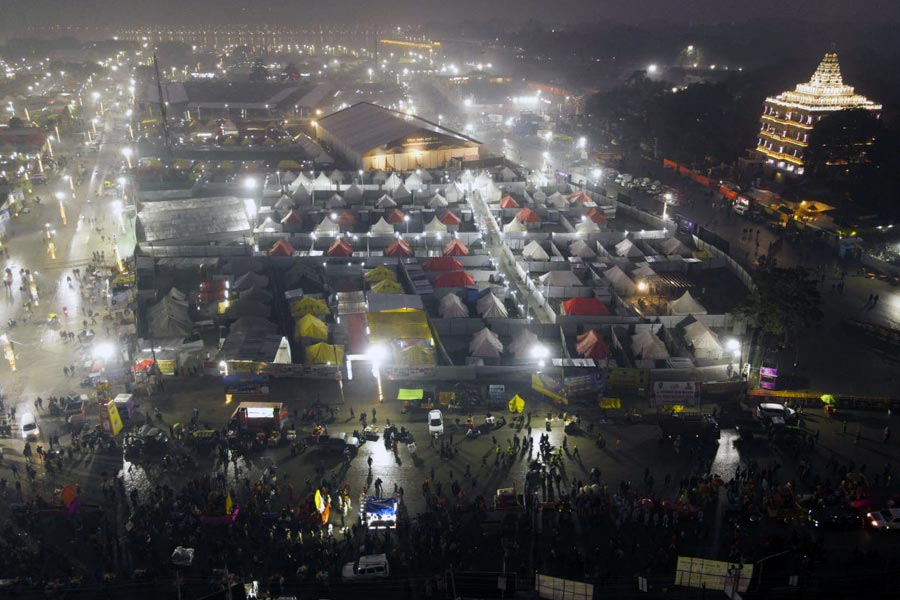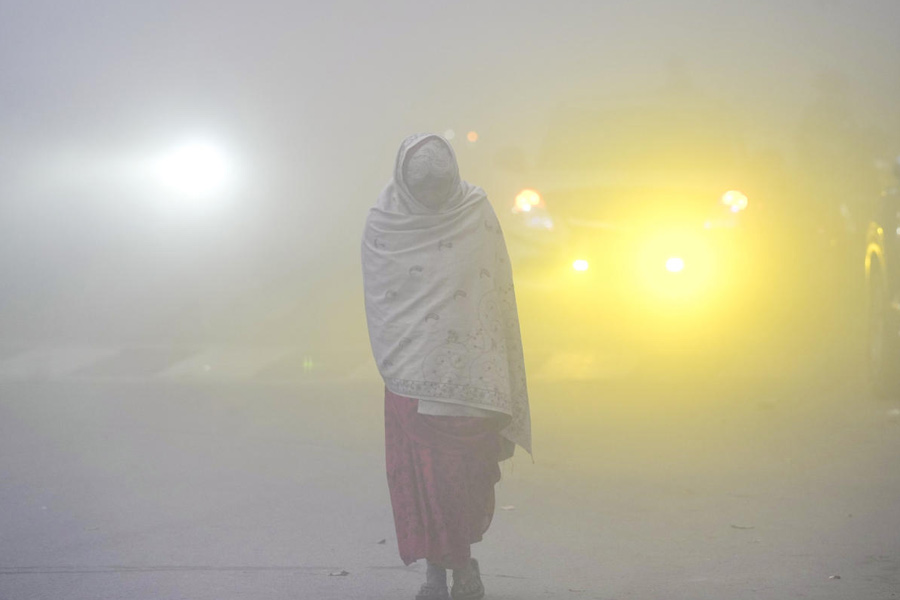The latest round of rate cut by the Reserve Bank of India may not turn out to be very effective given the high level of household debt and falling corporate fundamentals.
On Friday, the central bank brought down the repo rate by 25 basis points to more than a nine-year low of 5.15 per cent and sharply cut its growth forecast for the year to 6.1 per cent from 6.9 per cent. It also signalled that it will continue with the accommodative stance to drive growth.
Though views differ on the extent of the cuts from here on, it is feared that the rate cut will will not have any significant positive impact and the government will have to come up with more fiscal measures.
According to a note from the research wing of the State Bank of India (SBI), though the RBI has guided for more rate cuts, the efficacy of such reductions is questionable against an elevated household leverage, deteriorating company fundamentals (upgrade to downgrade ratio has now halved) and weak demand.
The note added that the total resource flow to the commercial sector during April-September is now barely at Rs 90,000 crore even though the banks are in the midst of an aggressive rate cutting cycle.
“The financial flows to the commercial sector in the first half of 2019-20 are significantly lower than the first half of 2018-19 because of a decline in funding from banks and non-bank sources. In the first half of 2018-19, despite rising interest rates, credit had expanded but has contracted in the first half of this fiscal. This indicates that credit risk aversion continues to play centrestage, particularly for the NBFC sector,” the report added.
Moreover, recent data has shown adverse upgrade to downgrade ratio by credit rating agencies. Recently, Crisil disclosed that the corporate credit stress dropped to a a three-year low in the April-September period as more debt was downgraded.
According to the note, only monetary policy rate cut would not work in isolation and it has to be complemented with fiscal expansion.
“The government can use counter-cyclical fiscal tool to boost savings and consumption. Abolition of capital gain tax, increase in section 80C or PPF limit to incentivise household savings, frontloading of government expenditure through PM-KISAN and MGNREGA will help in boosting demand,” the note added.











